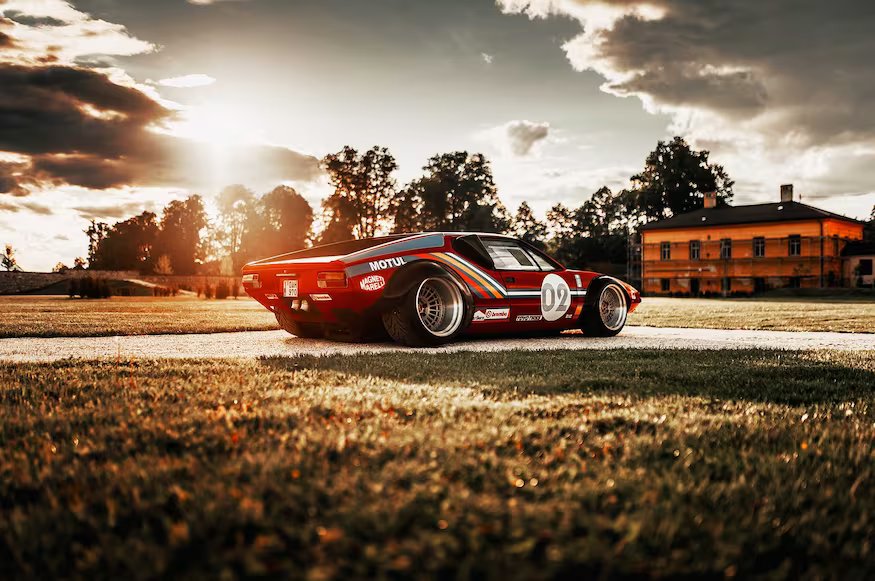The Lamborghini Miura made an impact in the 1960s and is now recognized as the first production “supercar” to capture modern culture. The decade that followed saw an explosion of exotic vehicles from around the world trying to replicate the Miura’s charm.
Through their seductive appearances, exceptional performance for the time, and, in some cases, pure boldness, these supercars of the 1970s exceeded expectations for a typical sports vehicle, establishing an enduring chapter in the history of the automobile.
Here is a look at 10 of the most iconic supercars from the 1970s, including models from Germany, Japan, the United Kingdom, and, of course, Italy.
De Tomaso Pantera
In the 1960s and 1970s, many powerful machines combined Italian design with American power, but few made as much of an effect as the De Tomaso Pantera.
The most affordable price point of any similarly powered exotic of the time, despite its superb supercar style, was made possible in large part by the engine plant’s affordability, which was acquired from Detroit.

In order to introduce America to the marvel of the mid-engine, Ford employed the reach of its network of Lincoln Mercury dealerships to market the first Pantera in the country. Early Pantera vehicles (which debuted in 1971) had a 5.8-liter Ford V-8 delivering 330 horsepower, making it just as speedy as its more complicated competitors.
The De Tomaso monster didn’t take long to produce a variety of versions with varying degrees of power, and despite Ford terminating its sales deal with the manufacturer in 1975, the Pantera kept going strong all the way up until the early 1990s.
Lancia Stratos
Not all iconic 1970s supercars got their start on the track, let alone the open road. The Lancia Stratos rose to renown as the first rally car designed with a Ferrari-built V-6 (taken from the Dino) screaming just in front of the rear wheels. This car was geared to attack asphalt, gravel, or sand.
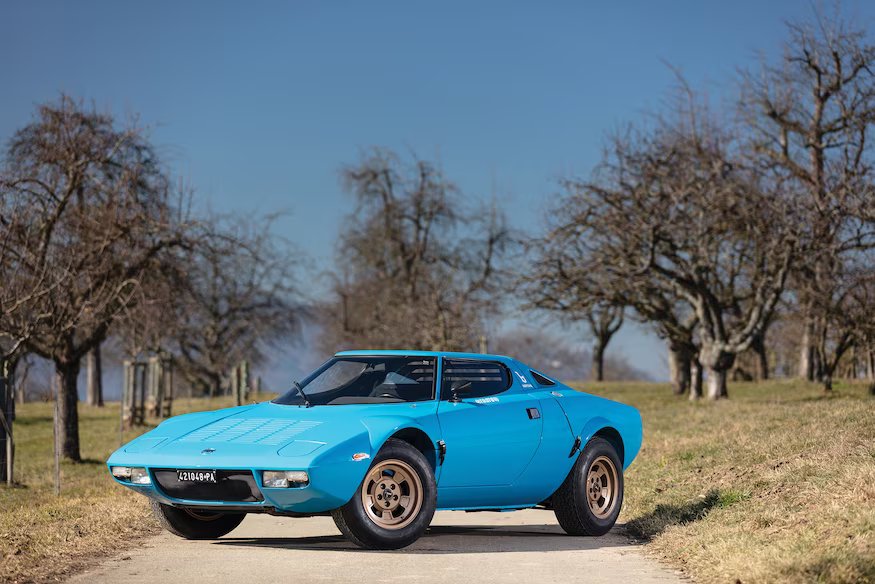
With its glassed-in cockpit and extremely short wheelbase, the manufacturing Stratos, which was based on a Bertone concept dubbed the Zero, resembled a flying saucer.
Less than 500 Stratos models, which weigh less than a ton, were ever produced, but that was more than enough for it to win 18 World Rally Championship rallies and win three overall championships.
Lotus Esprit
When Lotus decided to enter the supercar market in the 1970s, it was already well-known for its racing heritage and wonderful, lightweight sports cars. The Lotus Esprit’s route to production began with Giorgetto Giugiaro, whose wedge designs dominated much of the decade’s design ethos, as it did with many other cars on this list.
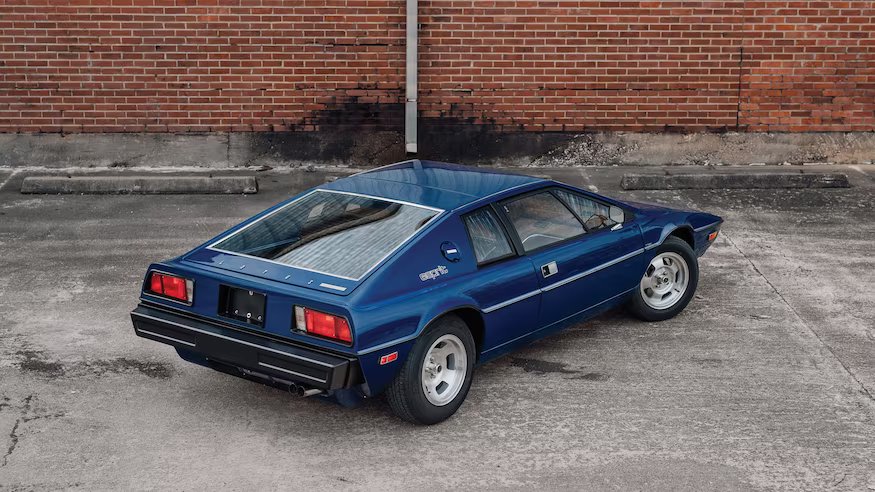
The construction of a chassis and drivetrain that could fully realize Colin Chapman, the creator of Lotus’s “add lightness” guiding principle, was the next stage after settling on the appearance of its fiberglass body.
Although its 160-horsepower, four-cylinder engine may have sounded disappointing, the Esprit produced thrilling sensations through almost every turn because of its low curb weight of under 2,000 pounds and location below the cockpit.
Although the Esprit was never delivered to customers, later models would increase the amperage through a series of larger and finally turbocharged engines. For the 1977 film The Spy Who Loved Me, 007’s prop builders converted the Esprit into a seagoing submarine.
Dome Zero
With two goals in mind when it was first established, Dome—literally translated from “Domu,” or “child’s dream,” to reflect the youthful fantasies of its owner, Minoru Hayashi—was created.
Building a supercar for the road was the first step; selling enough of them to pay for the development of a Le Mans racing prototype was the second.
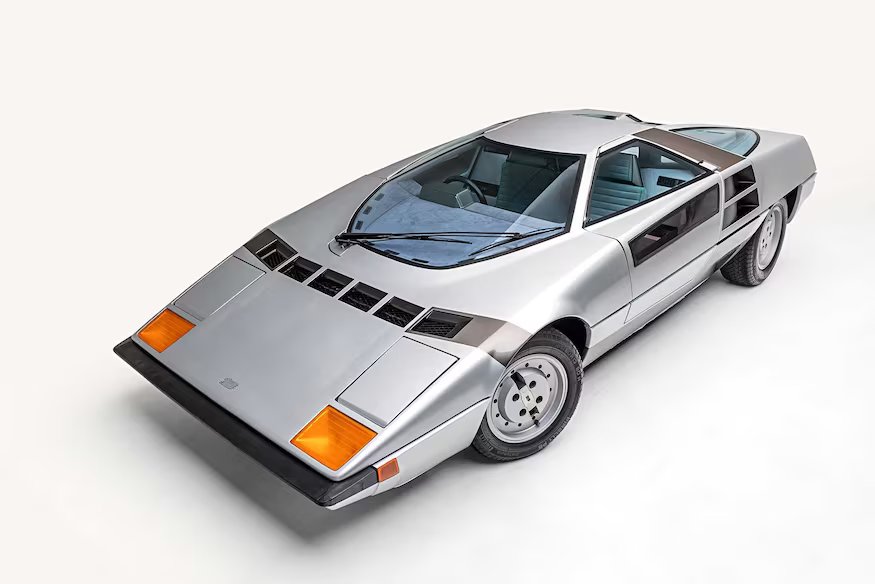
Hayashi was successful in creating the Dome Zero, a high-tech car with a body that was inclined and flat like a skipping stone.
When it was first displayed in Geneva at the tail end of the 1970s, the car had a Datsun straight-six (the L28) with 140 horsepower, with intentions to launch a turbocharged version of the same that would increase output to 300 horses.
Unfortunately, in none of the international markets that Dome tried to enter, the street versions of the Zero were ever able to meet safety or emissions criteria.
Unfazed, the business continued to produce racing variants of the vehicle (the Dome RL), realizing Hayashi’s goal of competing in Le Mans by 1979. The few Zeros that were made throughout the next decades have become legendary as Japan’s first real supercar.
Aston Martin V8 Vantage
Although the Panther was a much-discussed novelty, Aston Martin’s seasoned experts made a more significant contribution to Britain’s pantheon of 1970s supercars.
The V8 Vantage may have resembled the Ford Mustang quite a bit, but it was powered by a 5.3-liter, dual-overhead-camshaft engine with just under 400 horsepower, which could propel the coupe to a respectable 170 mph.
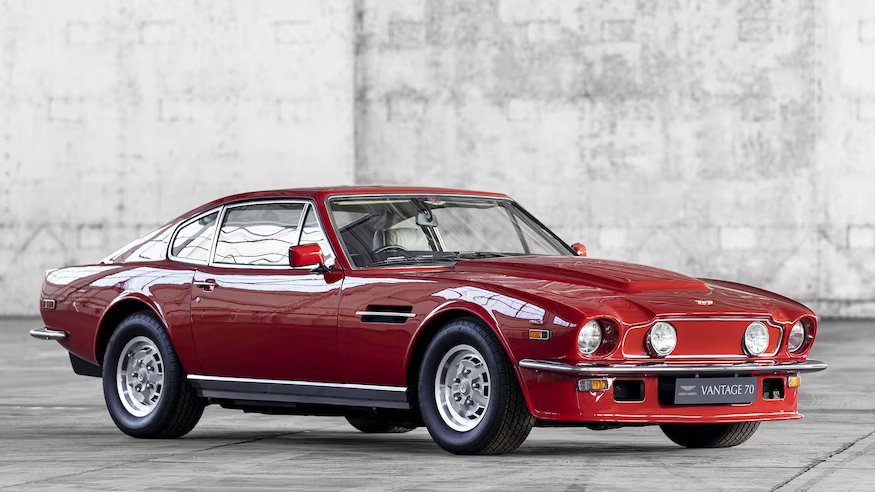
Those figures signified astronomical performance and a considerable advance over the Aston Martin V8 grand tourer from which it had emerged in 1977, a year in which the muscle car scene had been ravaged by a global energy crisis. The V8 Vantage, like another automobile on this list, rose to renown as a Bond vehicle after making an appearance in the 1987 film The Living Daylights.
Porsche 911 930 Turbo
The turbocharged flat-six engine crammed into the back quarters of the Porsche 930 gave it the tremendous power that earned it the moniker “widow maker” from Panthers to Porsches.
Being a product of the early forced induction era, the Porsche 930’s on/off power delivery was difficult for some drivers to handle, resulting in numerous owners losing control of their vehicles when the back wheels were overloaded by an abrupt burst of torque.

The Porsche 930 promised a rollercoaster ride from beginning to end for those who could master its brute-force nature. The 911 coupe was the basis for the 930, which added an extroverted aero in the form of a widebody treatment and a whale tail that was located directly over the engine. The 930, like the M1, was created to be homologated for Porsche’s racing program.
The 3.0-liter engine in the first versions had a little over 250 horsepower. One of the most potent 1970s supercars to ever ply the autobahn was this one, which had its engine punched out to 3.3 liters by 1978 for an even 300 horsepower and its lightweight construction.
Panther Six
The Panther Six, of which only two were ever made, mimicked the design and engineering of the Tyrrell P34 car, whose similarly bizarre layout had astounded Formula One fans. The Tyrrell P34 had only one front wheel, while the Panther Six had two.
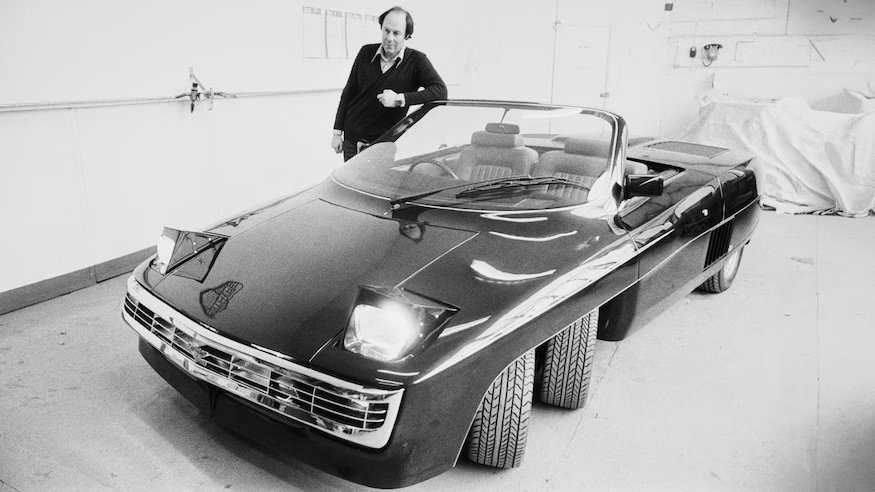
Although outrageous performance claims were made for the Panther, which also had an open cockpit and a three-speed automatic transmission, the British company’s founder was unapologetically honest about the fact that the car’s creation was primarily meant to be a publicity stunt. Both designs are still in use today and occasionally appear at auction.
BMW M1
Toward the end of the 1970s, a confluence of events put BMW’s specifically designed sports car racing program in immediate danger, posing a threat to its very existence. Corporate partner Lamborghini was drowning in debt, which ultimately caused the firm to go bankrupt.
Lamborghini had planned to construct 400 units of what would become the M1 so it could be homologated for competition. Due to problems with Lamborghini, BMW had to divide the M1 production between Marchese, Ital Design, and Bauer.
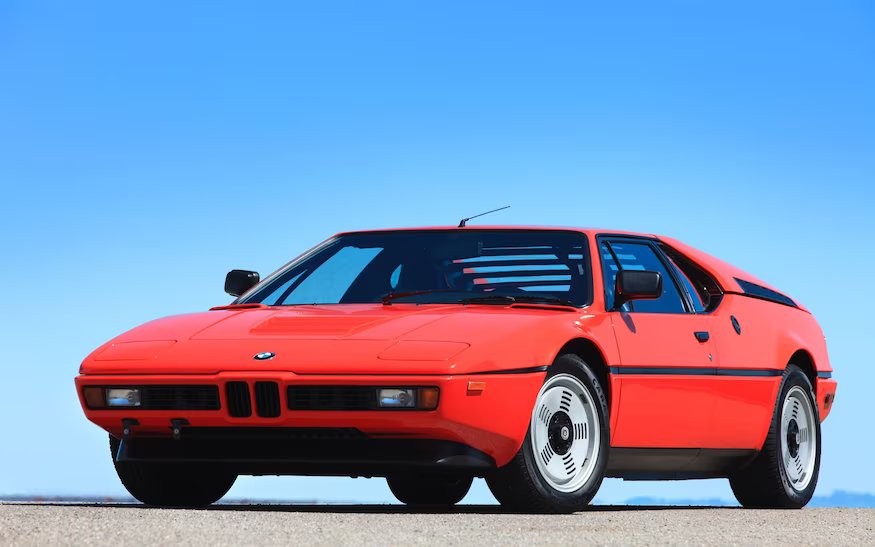
By the time everything was resolved, sports car racing laws and regulations had changed from the M1’s initial idea, leaving the car in the 1979 Procar series, which was run by BMW before internal changes at the organization drastically cut its budget for motorsports.
Before the program was terminated in 1980, 430 customer automobiles were constructed as a result. The M1’s street-legal version may have been hated by BMW executives due to the odor of failure that is surrounding it, but its 266 horsepower, 3.5-liter straight six-cylinder engine, and its peak speed of 161 mph make it still an interesting performer.
Maserati Bora
Unlike previous attempts from the brand, the Maserati Bora had the advantage of the parent company Citroen’s industrial strength, helping it from the drawing board to the showroom. It was the first mid-engine vehicle from the Italian business.
When the Bora originally went on sale in 1971, its glassed-in hatch concealed a 4.7-liter V-8 engine with bread-van-like styling from Giorgetto Giugiaro, an engine whose 310 horsepower allowed the car to reach a high speed of 170 mph.
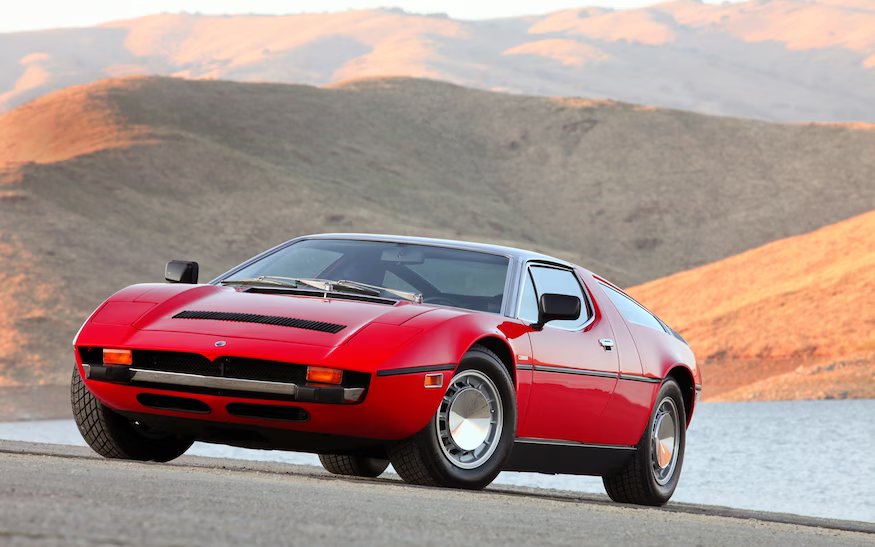
Although the Bora was quick, Maserati really broke new ground when they came up with the concept of a supercar that was easy to drive and didn’t require extraordinary body contortions to get into the cockpit. Another incredible supercar advancement from the Bora? A trunk, and one that could genuinely hold travel-sized suitcases for people.
Lamborghini Countach
It’s difficult to contest that the Lamborghini Countach was the most iconic supercar of the 1970s. From the moment it made its debut at the Geneva Auto Show in 1971 as a concept car, the coupe shouted for attention with everything from its wedge-shaped body to its scissor doors to its massive mid-mounted V-12 engine.
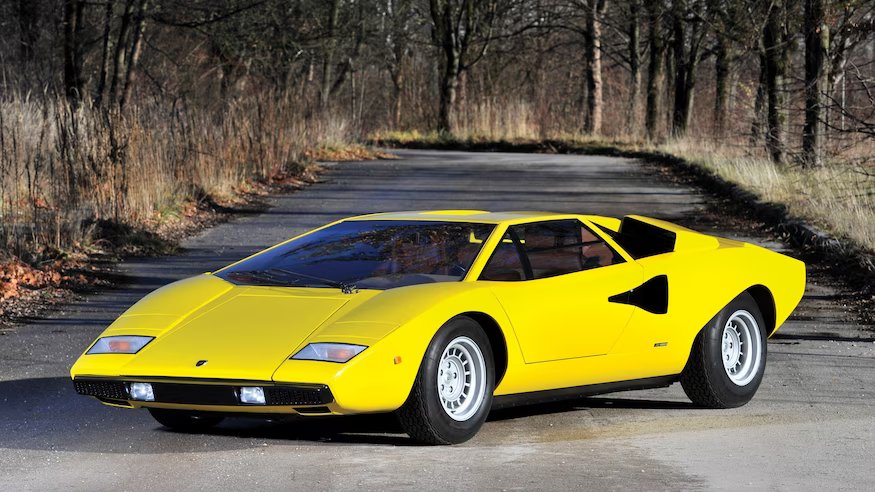
When the Countach LP400 went into production, it had an unusual “periscope” fitted that allowed drivers to see behind the vehicle when turning it around. This innovation only contributed to the Countach LP400’s mythology.
As if the legend surrounding the most outgoing Lamborghini needed any more polish, the heart-stopping engine produced 370 horsepower and 270 lb-ft of torque from 3.9 liters and 12 unfettered cylinders, paired with a five-speed manual transaxle.
Although those figures would rise during its heyday in the 1980s, they were remarkable for the mid-1970s and undoubtedly enough to frighten any driver who was naïve enough to line up next to it.

